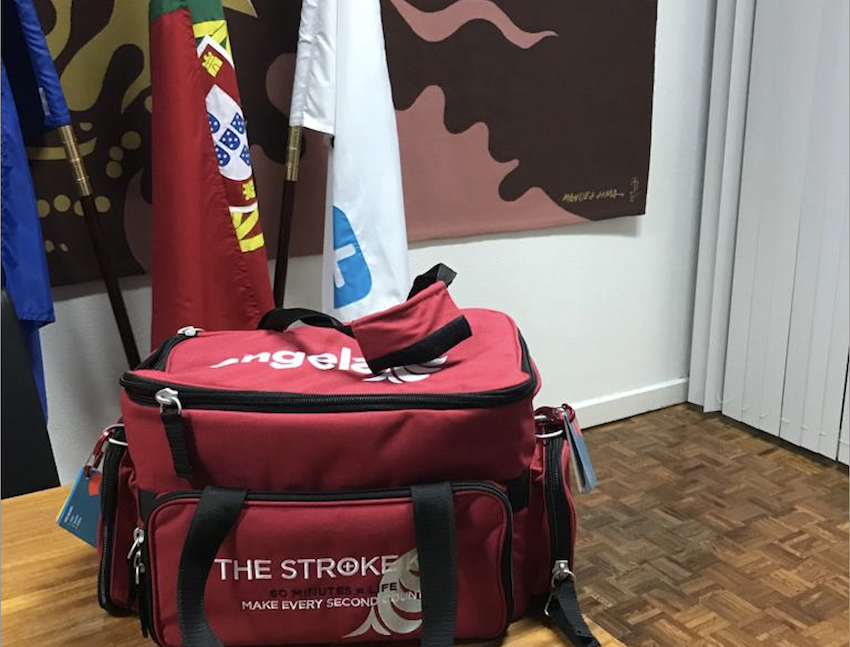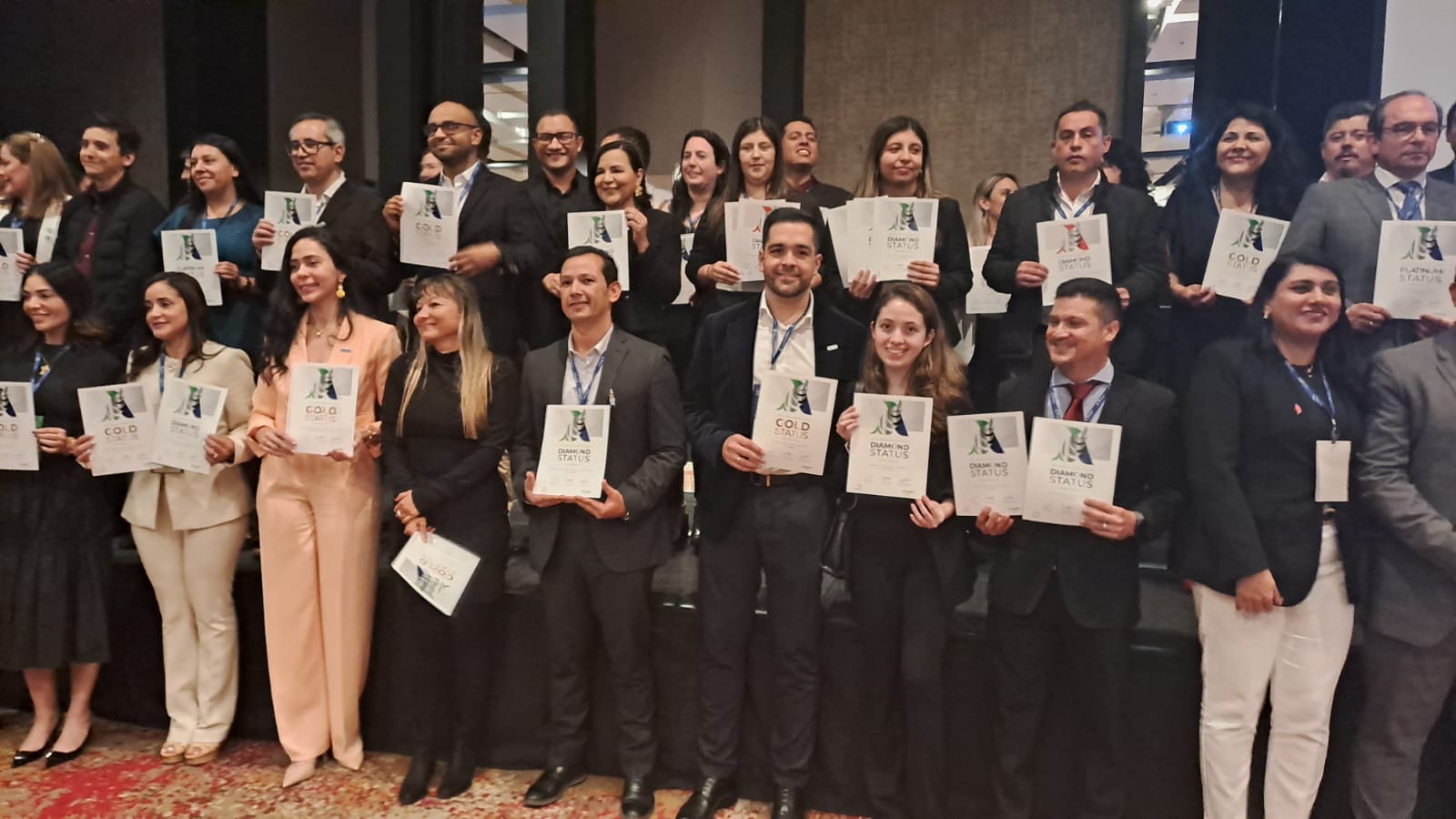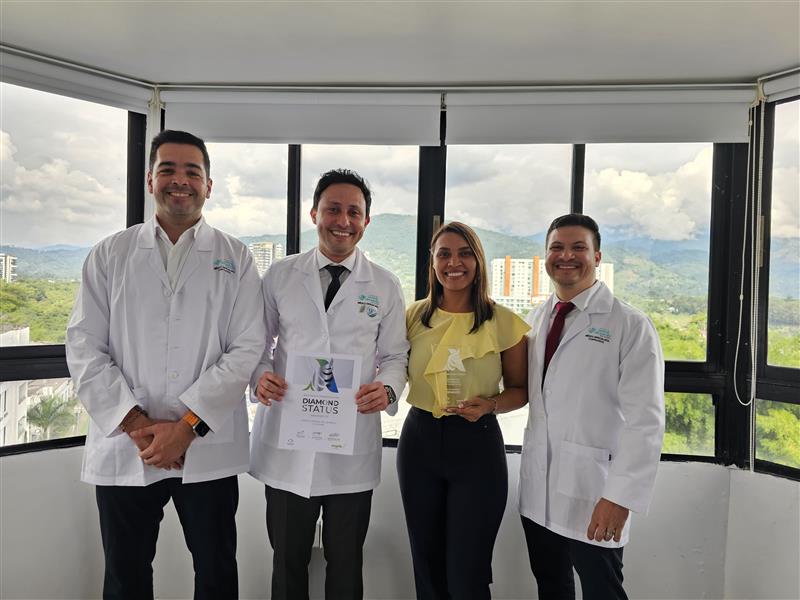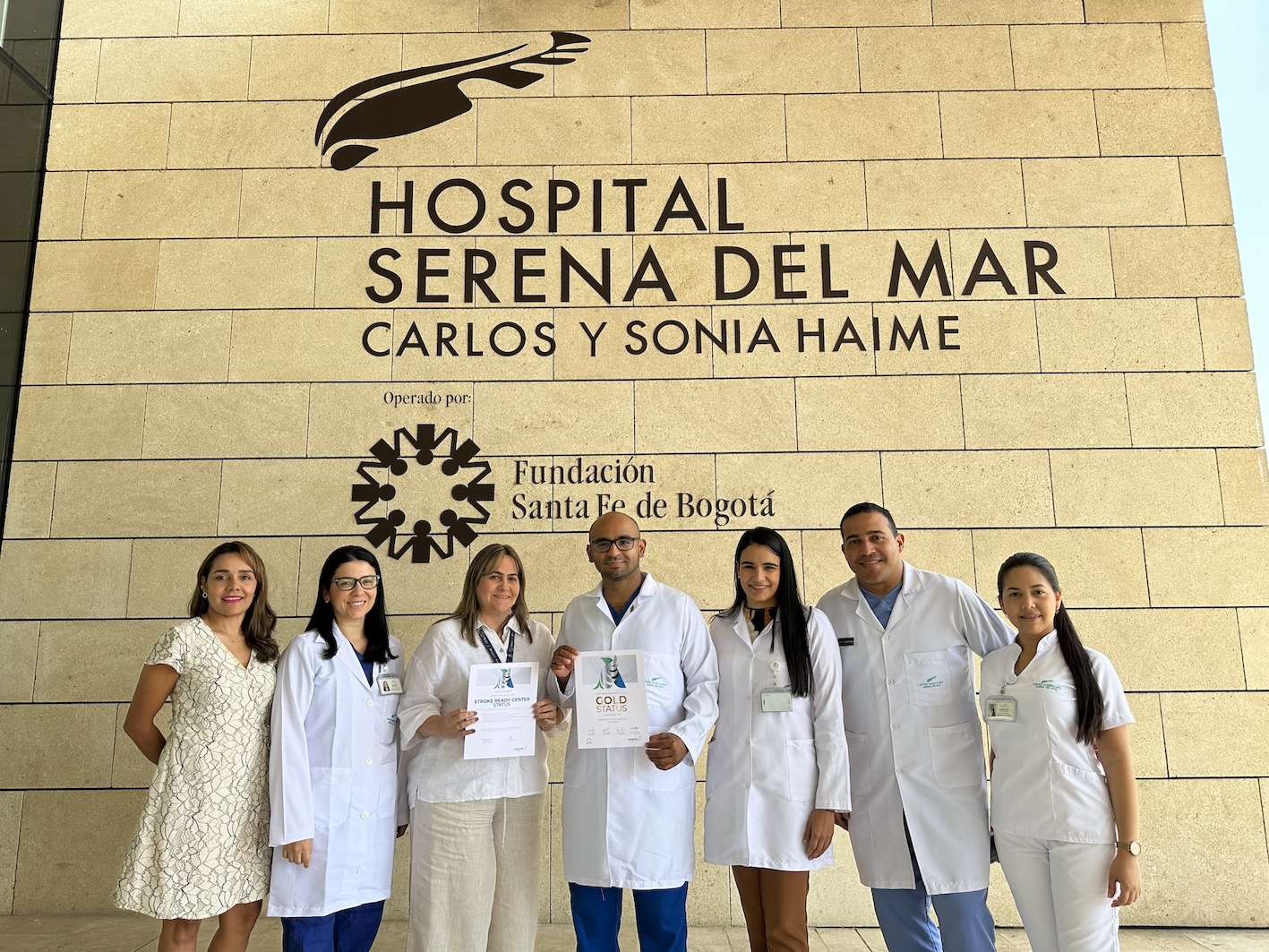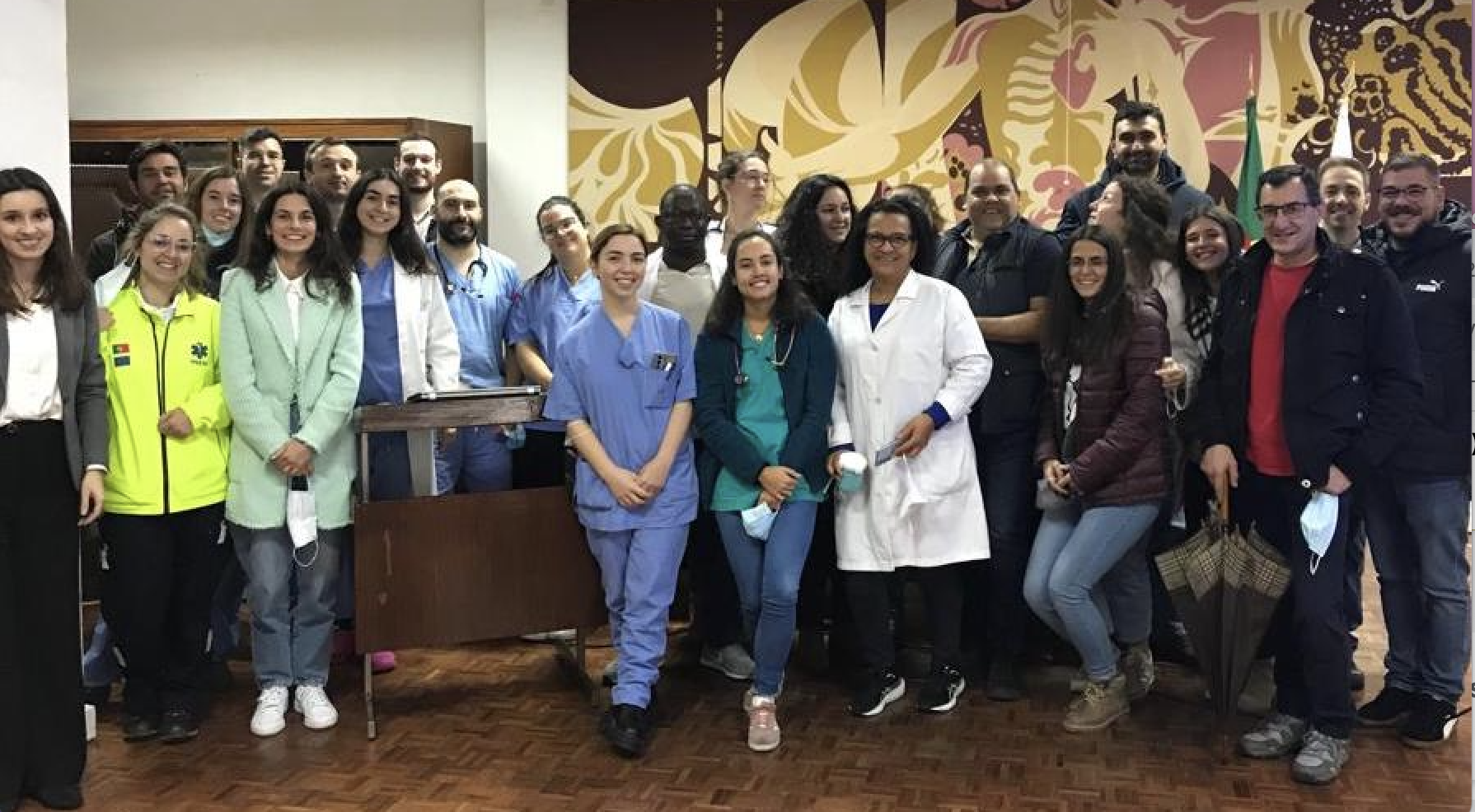
INCLUSO a la altura del verano, los turistas no acuden exactamente a Portalegre, una ciudad de Alejentan del Norte situada en las estribaciones de la Serra de São Mamede. Aunque alguna vez era una importante ciudad estratégica, estos días Portalegre está lejos de casi todas partes, excepto de la frontera española, a 20 minutos en coche.
Pero, si se dirigiera a través de esta esquina apenas poblada de Portugal y si sigue las señales hasta Portalegre, se le recompensará con campos de oliva, bosques de robles y castillo, un castillo, una catedral, una agradable plaza central con una gran fuente y muchas casas nobles.
Es posible que no se dé cuenta inmediatamente, o en absoluto, de que Portalegre estaba hasta hace poco de una isla, porque en el caso de una isla está ciertamente muy lejos del mar. También es probable que no note un puente muy nuevo, uno importante que conecta Portalegre con la península.
Esto se debe a que la ciudad es una isla solo en la mente de aquellos que tienen una gran sensación de aislamiento. Y el puente invisible es un vínculo que podría salvar vidas entre el hospital principal de Portalegre y la comunidad del ictus en Portugal y el resto de Europa.
La jefa de formación de puentes, la asesora de Angels Inês Carvalho, explica cómo Portalegre pasó de la isla a la península en un periodo de tiempo notablemente corto. Su hospital de distrito le había llamado la atención en cuanto se unió a Angels en abril de 2022. La población de la ciudad, alrededor de 100.000, se encontraba entre las más antiguas de Portugal. Su riesgo de accidente cerebrovascular fue alto, la concienciación fue baja y los datos mostraron que la tasa de mortalidad a los 30 días era significativamente mayor que la de todos los hospitales de la región, excepto uno de ellos.
Después de un tiempo, Inês no había conseguido ponerse en contacto con el hospital de Portalegre, realizó un gráfico que situaba a sus hospitales objetivo en términos de influencia y defensa. Con poca influencia y aún sin compromiso con Angels, el Hospital Dr. José María Grande (HDJMG) de Portalegre se sienta en el centro del cuadrante inferior izquierdo. Pero en el cuadrante superior derecho, con puntuaciones altas tanto de influencia como de defensa, se encontraba el Hospital Do Espírito Santo de Évora (HESE), cuyo coordinador de la unidad de ictus era también el coordinador de la región de Alentejo.
Le ocurrió a Inês que, para conectar con Portalegre, primero tendría que crear un puente entre Portalegre y Évora.
El Dr. Rebocho, un fuerte aliado de la misión de Angels de elevar el nivel de atención del ictus, aceptó llevar palabras a Portalegre sobre lo importante que era proporcionar tratamiento del ictus agudo en el interior y cómo podría ayudar trabajar con Angels. Al final de este mensaje se encontraba otro posible aliado, concretamente el coordinador del servicio de urgencias del hospital Portalegre, el Dr. Augusto Mendonça, un encantador y dedicado médico de urgencias con especial interés en el ictus.
También tenía conocimientos. Se dio cuenta en cuanto lo conoció, dice Inês, de que la Dra. Mendonça sabía que ese momento era el cerebro. El puente entre Portalegre y la comunidad de ictus de Portugal ahora tenía constructores en ambos extremos.
En septiembre, dos equipos de ictus, cada uno formado por dos médicos, dos enfermeros y dos profesionales de servicios de urgencias, viajaron a la costa para asistir a un taller de simulación en Simula, el Centro de simulación clínica de la Universidad de Aveiro. A finales de octubre, el personal de enfermería del Hospital de Portalegre había completado un taller en línea de códigos de ictus de la Fuerza de Trabajo de Enfermería. Su entusiasmo resultaría crucial para la transformación de la atención del ictus en su hospital.
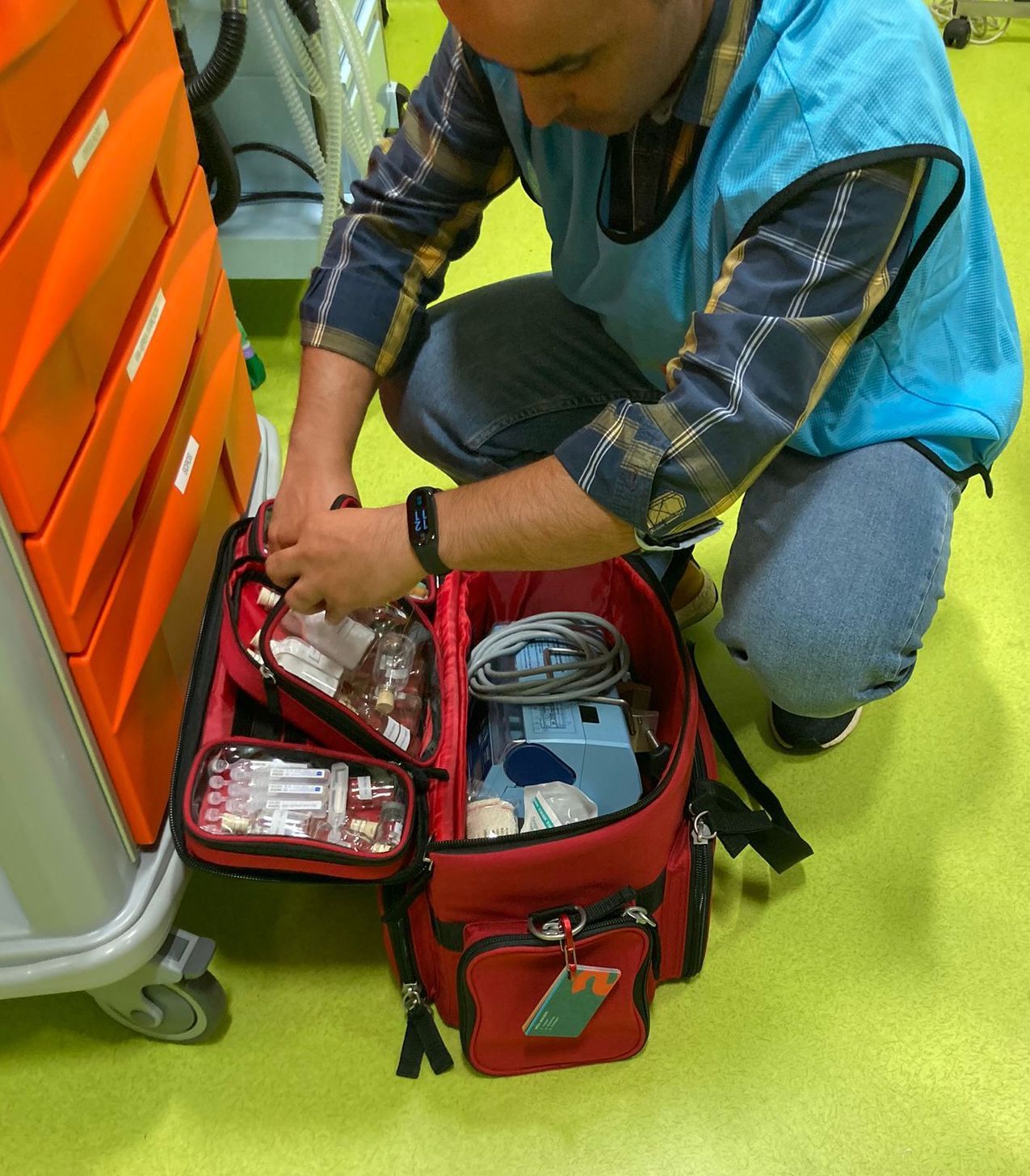
El programa Simula expuso a los equipos de Portalegre a ocho casos clínicos y ofreció un entorno seguro para compartir que permitió que surgieran personalidades. El enfermero João Mendes, por ejemplo, una enfermera joven con poca experiencia, reveló que era un líder natural muy organizado que inspiró a los médicos con confianza, mientras que la Dra. Rúben Raimundo, una joven médico de emergencia, tuvo dificultades para superar su extrema precaución.
Otra transformación fue en las tarjetas.
La siguiente reunión tuvo lugar en Portalegre. El 28 de noviembre, Inês surgió de la capital para una simulación en el hospital y una reunión multidisciplinaria que se celebró en una sala abarrotada con más de 30 asistentes. El Dr. Mendonça, un viajero semanal de Lisboa, había hecho todo lo posible para garantizar que la visita de Inês al final de un largo viaje fuera lo más productiva posible.
La próxima vez que hizo el viaje de ida y vuelta de 320 km fue el 5 de diciembre para un taller hiperagudo que incluía formación de Body Interact para ayudar a médicos como Rúben Raimundo a ganar confianza en sus habilidades de toma de decisiones. La formación se repitió por la tarde, llegando finalmente a casi 70 profesionales sanitarios.
Con varias acciones prioritarias clave ya implementadas, incluido un compromiso de tratamiento en la TAC, Inês organizó la visualización de los códigos QR en la sala de TAC a través de la cual el personal de enfermería podría acceder a las listas de comprobación. También creó códigos QR para módulos de aprendizaje electrónico relevantes en la Academia Angels.
Portalegre había sido como las Azores sin mar, dijo una enfermera cuando terminó el taller, comparando su sensación de aislamiento con la dispersión de nueve pequeñas islas a 1400 km de la costa occidental de Lisboa. Pero la intervención había dado voz a su antigua isla y la capacidad de proporcionar atención de calidad a su comunidad, sus familias y la población.
El puente que conecta Portalegre con la comunidad del ictus de Portugal estaba ahora casi completo.
En la reunión anual de Angels celebrada en Portugal en (lugar) el (fecha), se oyó una caída de alfiler cuando la Dra. Rúben Raimundo se levantó por el escenario para compartir su historia. Los médicos que habían conocido al precavido joven médico de Aveiro unos meses antes se vieron impactados por su transformación.
Su presentación fue poderosa, pero más le gustó por otra razón, más nostálgica. Observaron en él una versión de sus propios tentativos y más jóvenes, y muchos de ellos reconocieron la historia del ictus en Portalegre como propia.
